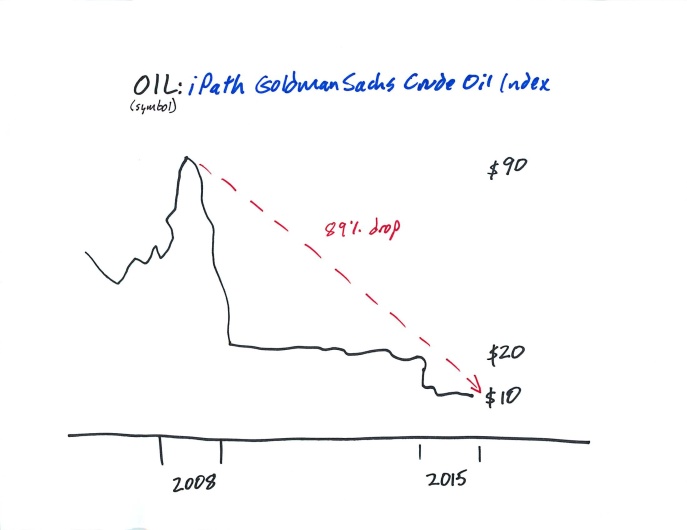There’s a lot of “static” competing for your investment attention. You have all of the talking heads on t.v. and YouTube, magazines, newspapers, blogs, websites, social media, apps–the list seems to always be growing.
What about unemployment? Who’s in the White House? What are interest rates at? How many homes are being built? Is China slowing down?
You can answer all of these questions and more and still end up with bad investing information. In this blog series, I’m going to share with you the two major fundamentals and the two minor fundamentals. When you pay attention to the important factors you’ll stay on track, avoiding emotional investing and hopefully making some money, too.
THE FIRST FUNDAMENTAL
The first, and possibly most important, thing to look at is gross domestic product. This is also referred to as GDP, which is simply the overall size of our economy. Up is good and down is bad.
The last time it was down was during the Great Recession. Compared to other drops this one was surprisingly tame, down about 3.5 percent. Of course, we didn’t want it down at all but it wasn’t a devastating drop. This move down in GDP is a big cause of the stock market eventually dropping by about 50 percent.
GDP drops then the market drops. The market follows the fundamentals.
Another time GDP dropped was the Great Depression. The size of our economy sunk about 25 percent! Now that’s a big one. We saw the results of that significant drop: massive unemployment, widespread financial pain, breadlines, suicides–that was a Great Depression, indeed.
But again, the market followed the fundamentals: GDP drops big then the market drops big, too. See, we’ve just decluttered the financial noise you receive daily.
“I had to spend countless hours, above and beyond the basic time, to try and perfect the fundamentals.” — Julius Erving








